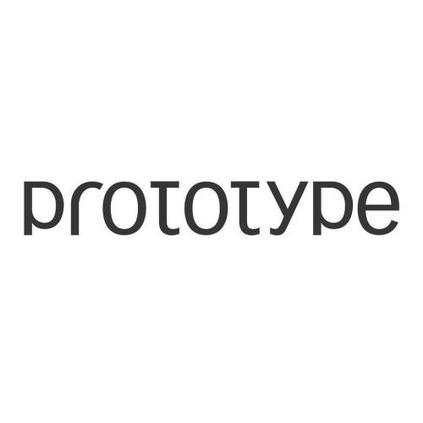Parallel programs are frequently modeled as dependency or cost graphs, which can be used to detect various bugs, or simply to visualize the parallel structure of the code. However, such graphs reflect just one particular execution and are typically constructed in a post-hoc manner. Graph types, which were introduced recently to mitigate this problem, can be assigned statically to a program by a type system and compactly represent the family of all graphs that could result from the program. Unfortunately, prior work is restricted in its treatment of futures, an increasingly common and especially dynamic form of parallelism. In short, each instance of a future must be statically paired with a vertex name. Previously, this led to the restriction that futures could not be placed in collections or be used to construct data structures. Doing so is not a niche exercise: such structures form the basis of numerous algorithms that use forms of pipelining to achieve performance not attainable without futures. All but the most limited of these examples are out of reach of prior graph type systems. In this paper, we propose a graph type system that allows for almost arbitrary combinations of futures and recursive data types. We do so by indexing datatypes with a type-level vertex structure, a codata structure that supplies unique vertex names to the futures in a data structure. We prove the soundness of the system in a parallel core calculus annotated with vertex structures and associated operations. Although the calculus is annotated, this is merely for convenience in defining the type system. We prove that it is possible to annotate arbitrary recursive types with vertex structures, and show using a prototype inference engine that these annotations can be inferred from OCaml-like source code for several complex parallel algorithms.
翻译:暂无翻译



